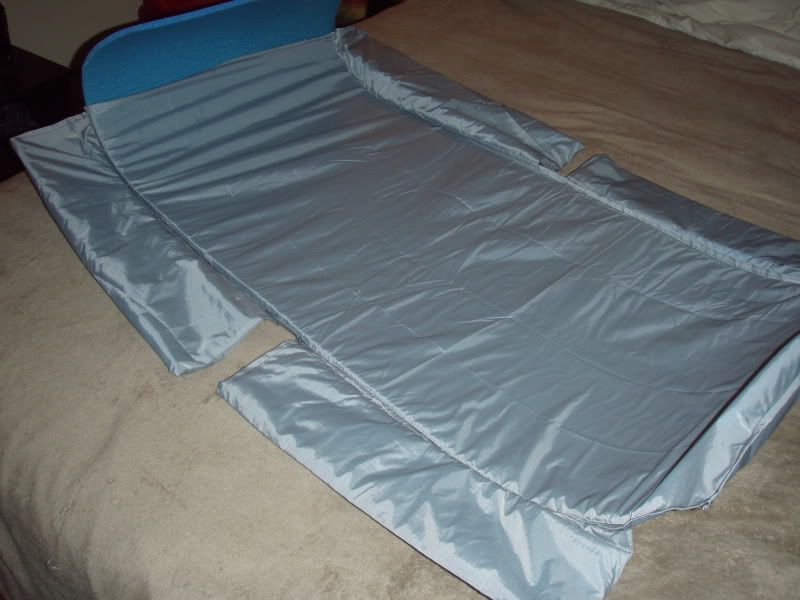I think it's because you have a lot more contact area using it in a hammock- it wraps the back, shoulders/arms and legs. On the ground it touches only contact points on the back, arms and legs.
Also, less movement while sleeping. I either find myself in the same position I fell asleep in, or at most wake once or twice to shift positions. When sleeping on the ground I move around quite a bit more allowing any condensation to dry that may have accumulated.







 Reply With Quote
Reply With Quote





Bookmarks